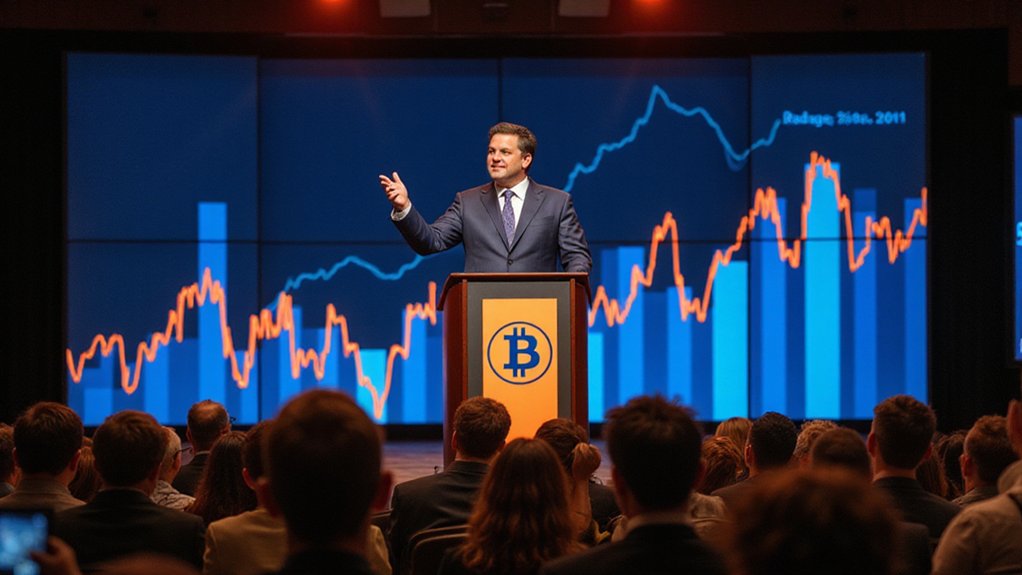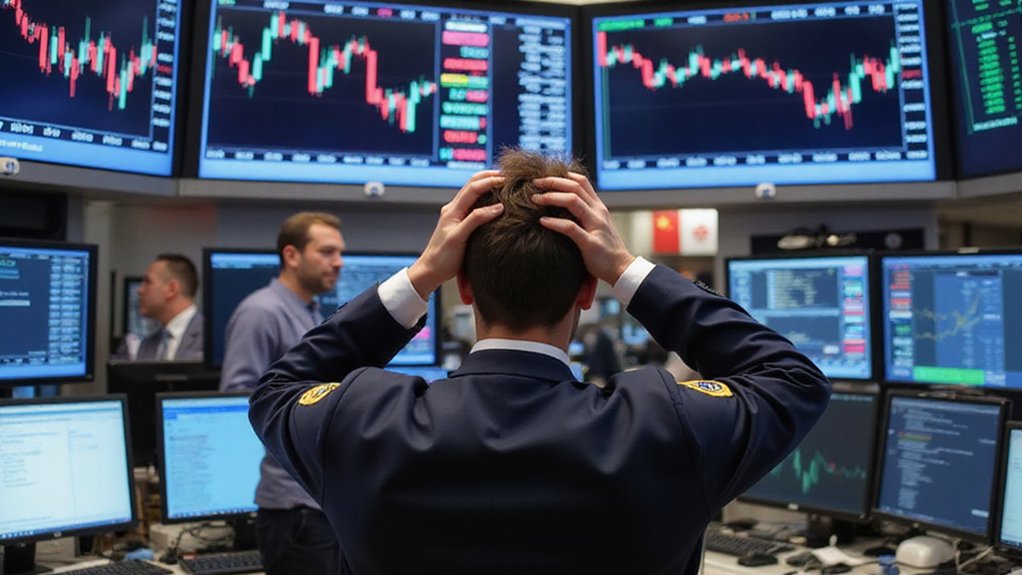In a watershed moment for cryptocurrency legitimacy, Vice President JD Vance delivered a keynote address at the Bitcoin 2025 Conference in Las Vegas, marking the first time a sitting U.S. vice president has directly engaged with the global Bitcoin community. Before an unprecedented gathering of 35,000 attendees—the largest Bitcoin event in history—Vance articulated a vision positioning the United States as the world’s preeminent Bitcoin superpower, a stance unimaginable in previous administrations.
Vance’s address promised a sea change in federal crypto policy, pledging to end what he characterized as regulatory hostility toward digital assets. “The war on crypto,” as he termed the previous regulatory environment, appears slated for conclusion under the current administration’s approach. The timing proved particularly auspicious, coinciding with Bitcoin’s valuation exceeding $100,000—a milestone that underscored the cryptocurrency’s evolution from speculative curiosity to legitimate asset class.
The administration’s crypto strategy, as outlined by Vance, rests on a three-pronged foundation: establishing clear regulatory frameworks, preserving government Bitcoin holdings, and fostering innovation in blockchain technologies. Particularly significant was his emphasis on stablecoins as critical infrastructure for mainstream adoption, suggesting a nuanced understanding of the ecosystem beyond mere investment vehicles.
Financial liberty emerged as a recurring theme throughout Vance’s remarks, framing crypto adoption as fundamentally linked to personal freedom. This philosophical positioning—crypto as emancipatory technology rather than merely speculative instrument—represents a significant departure from traditional governmental skepticism.
For industry stakeholders, Vance’s address signals potential collaboration between regulators and innovators—a partnership previously regarded as contradictory. By designating Bitcoin a strategic asset for both economic growth and national security, the administration has effectively elevated digital assets from regulatory afterthought to policy priority.
Whether this rhetorical support translates into substantive policy remains uncertain, but the symbolic importance of a vice presidential endorsement at the world’s premier Bitcoin conference cannot be overstated. For an industry long relegated to regulatory purgatory, Vance’s keynote represents, at minimum, unprecedented legitimization.
Vance noted that Bitcoin’s remarkable growth to a market cap exceeding $1.7 trillion represents just the beginning of what could become an $8 trillion cryptocurrency market by 2025.









